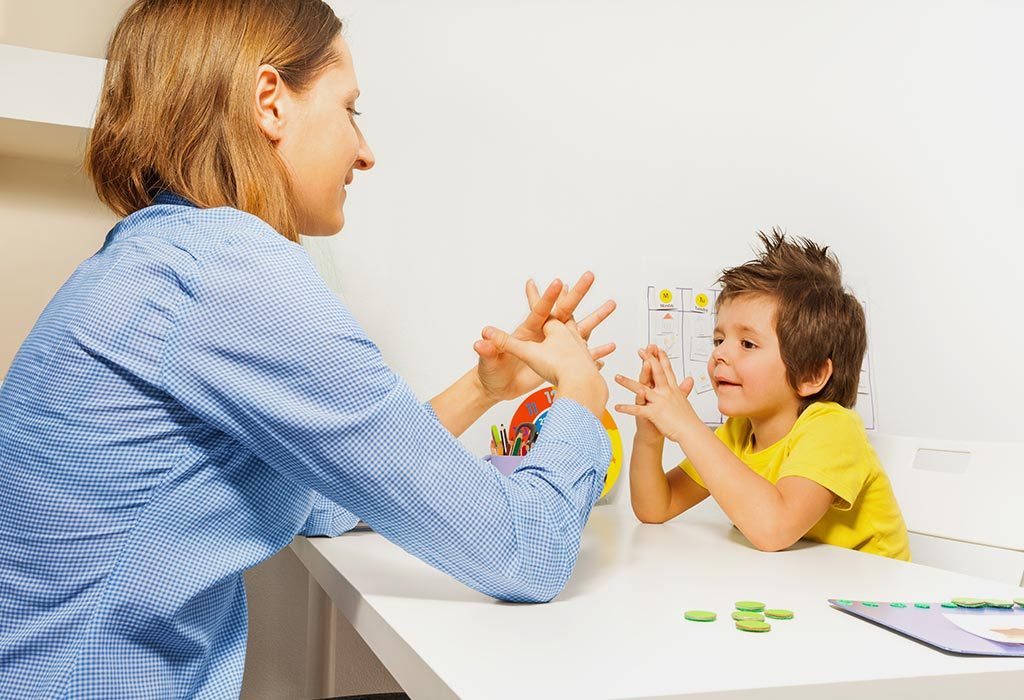
How to Work With Autistic Students
Autism spectrum disorder (ASD) is a developmental disability that can cause social, communication, and behavioral challenges. This means that teaching autistic students may require a specialized approach. Read on to learn how best you can use your masters in special education to accommodate autistic students and be the best teacher you can be.
Understand what autism really is.
Autism is a spectrum disorder, which means that there is a wide range of symptoms and abilities. Some people with autism are able to live relatively normal lives, while others require a great deal of assistance.
So what does it mean to be autistic? Autistic people process information differently than other people. They may see, hear, and feel the world in a completely different way. They may have a difficult time understanding social cues and may not be able to read body language. They may have difficulty communicating with others and may not be able to speak. They may be obsessive about certain things and have difficulty with change.
But that doesn’t mean that autistic people are bad or wrong. They are just different. They see the world in a way that is unique to them, and that is okay. As a teacher, it’s important to recognize this and help your neurodivergent students see it in themselves.
Make an effort to understand your autistic students.
Autistics often communicate in different ways than their neurotypical peers. Some autistic people may have difficulty with spoken communication and prefer to use alternative methods, such as sign language, pictures, or electronic communication devices.
Others may have excellent spoken communication skills but use language in unique or unexpected ways. For example, they may use very few words, or they may use words in unusual contexts. Some autistic people also communicate through nonverbal means, such as gestures, facial expressions, or body movements. However your autistic students communicate, take the time to learn their language, so to speak.
Listen to the autistic community.
The autistic community is a passionate, outspoken, and often marginalized group of individuals who are fighting for their voices to be heard. Many autistic individuals and their families have a lot to say about the world of autism, and they want to share their stories and viewpoints with the world. It is vitally important that we take the time to listen to what the autistic community has to say, as they are the ones who know best what it is like to be autistic.
For example, many people are familiar with Autism Speaks. Most people don’t realize, though, that the autistic community overwhelmingly opposes the organization and their mission, with some going as far as to call it a hate group in its quest to “cure” or “fix” autistic individuals. Or, consider applied behavior analysis, or ABA therapy. Once considered the gold-star treatment for autism, ABA is increasingly being recognized as a harmful practice that prevents autistic children from being and knowing their authentic selves. .
Create a sensory-friendly classroom.
A sensory-friendly classroom can be a great environment for students who struggle with not just autism but also ADHD, sensory processing disorder, or similar conditions. It can also be beneficial for students who are just looking for a more calming learning environment.
A sensory-friendly classroom is typically quieter and less stimulating than a traditional classroom. It is also typically warmer and has more natural light. The teacher uses clear, concise language and avoids abrupt movements. Students are given opportunities to move around and use fidgets if they need to. Some common accommodations that can be made to a sensory-friendly classroom include visual schedules and other aids, the use of fidget toys or other sensory tools, dim lights, soft sounds, and opportunities for movement.
Overall, it is important to work with autistic students with autism in a way that takes their individual needs into account. This means using different teaching strategies and providing accommodations when necessary. With patience and creativity, you can make a big difference in these students‘ lives.





More Stories
Dos and Don’ts of Facelift Surgery
8 Careers in Healthcare that Will Be Big in 2022
Mental effects of consuming marijuana, and what needs to be done to solve it